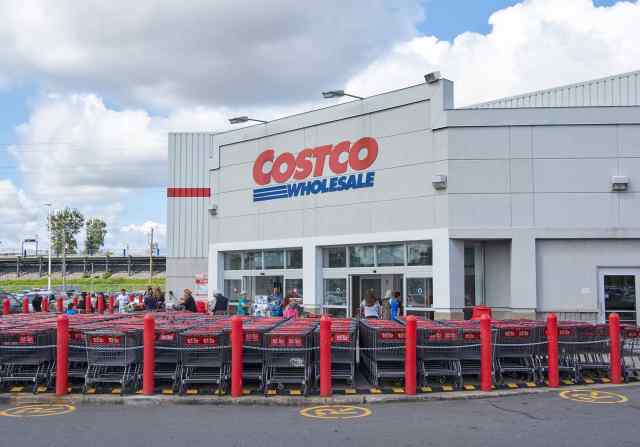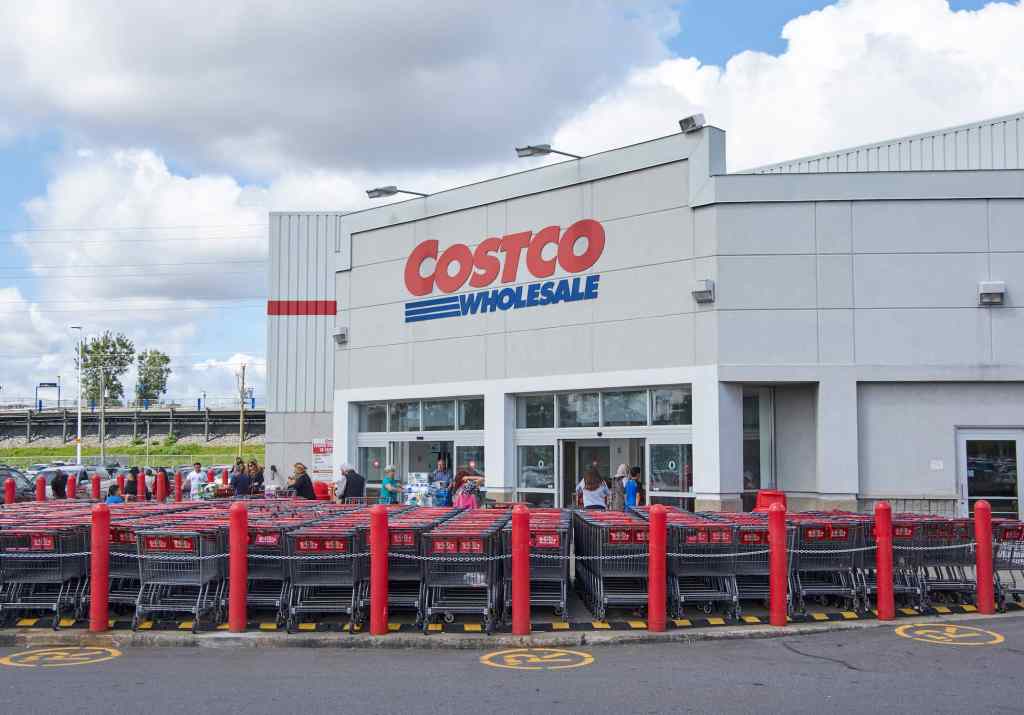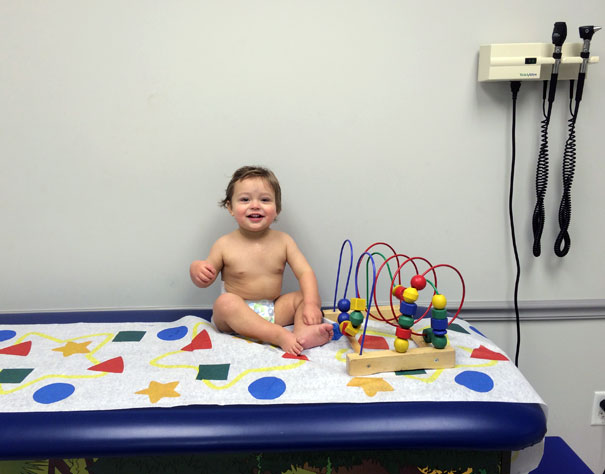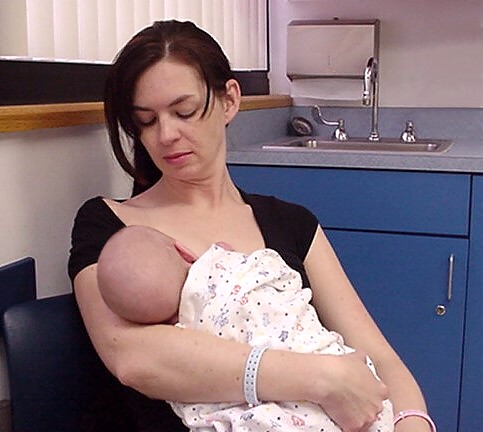
Let me start off by saying that I’m superstitious by nature. I always wear an evil eye bracelet to ward off bad luck and wear a red string to bring me good luck. I even bought extras and put them on the stroller and diaper bag. “Oh good, there’s no traffic” has never come out of my mouth because a mile down the road there will be traffic—because I said something, of course. I could keep going, but everyone gets the point.
When our first child was born, my husband and I had heard that it would be a good time to buy life insurance. My first reaction was anxiety. We are young and healthy, why do we need life insurance? Besides, why do they call it “life insurance” when the benefit is when you die? The anxiety along with my natural sense of superstition started to kick in, but I decided that it’s better to be prepared than sorry. Awful things do happen with or without amulets.
Like mom said, “Do your homework!” I wish someone had given me advice on where to start and what to ask. I hope my story helps. Please, ask many questions—act like a 2-year-old for once! Note that the younger you are when you buy life insurance, the better. Once you take care of it, it’s done. The result is lower anxiety which you can save for all the worrying you’ll be doing as a parent throughout your child’s lifetime.
1. Filling Out a Life Insurance Form Online at 2 a.m. Is a Bad Idea.
Let’s face it, Millennials love to buy online. It’s easy and convenient. Here’s what we learned quickly. Don’t buy life insurance online. Not at 2 a.m. when your baby is up and so are you, and not later in the day. A nicely designed website and a few clicks may seem like a good idea until you read the fine print. Online sites are driven by an algorithm and cannot understand your needs, concerns, and health situation.
Skipping an online service may save you money. After the underwriting process, a life insurance company can often return with a higher offer than the original quote you might have been first given.
2. Go Old School and Talk to a Person.
The best way to get the right life insurance policy is to use an independent life insurance agent. Almost the entire process is online so it will satisfy most people’s needs to feel connected on mobile. We asked around and found our agent. You can also search online. Just be sure to ask the agent if they work with several carriers. We learned that if you are healthy and under 50-years-of-age you can apply for life and disability insurance without a blood test for coverage of up to $3 million. Do what makes you feel comfortable and don’t be pressured to buy something you don’t need or cannot afford. Save that money for diapers and wine!
3. How Much Coverage Do You Need, Anyway?
We didn’t know where to begin, so we thought about why we wanted coverage and the amount we needed. For example, we took into consideration that we both worked and had a mortgage on our apartment. Luckily for us, we had a human to help us calculate how much coverage we needed and for how many years. A rule of thumb is 10 times your annual income.
Surprise! Life insurance is less expensive than we thought. For example, a 30-year-old, non-smoking female in good health can get a 20-year term policy for $500,000 in death benefit for $16 a month. That’s the price of my once a week cappuccino over a month.
4. Term or Perm?
No, I’m not talking about your aunt’s hair in the 1980s, I’m talking about term life insurance versus permanent life insurance. If you’re on a budget, and who isn’t when you first have a baby, consider a term policy. My grandma just turned 101 years old last week and is addicted to video poker on my iPad. We started with a term policy, and if my evil eye bracelets keep me out of trouble, in about 20-years we’ll hopefully be able to afford to convert that policy into a permanent one. The advantage is that you don’t need to repeat the lab tests because even if you develop a health condition, the life insurance company will give you the same health rating as when you got the original policy. An important question to ask your agent is if the affordable term policy they are offering you is “convertible.”
5. Surprise! Life Insurance Can Help Fund Kiddo’s College Expenses.
This is something that you might want to consider hitting-up the grandparents for. Life insurance for children has nothing to do with a death benefit, thank goodness! According to Market Watch, “A portion of the money paid into the policies can help fund college expenses by taking out a loan against the cash value balance and using the money income tax-free, which must be paid back with interest.” It’s about putting away money each month that will grow in your baby’s college fund or can be used as a down payment for a home when they are older. Susana Zinn, who happens to be an independent life insurance agent and an amazing grandma said, “It’s a nice way for grandparents to leave a legacy without breaking the bank. If the grandchild later decides they want to launch a start-up instead of going to college, you can authorize your child to borrow the cash value, tax-free, and use it. Make sure the policy has living benefits.”
So basically, for a glass of wine at your favorite restaurant, you can cross off an item on the adulting list. If you get freaked out or make a mistake, like I did before I listened to a person in the know, you can cancel a policy within 30 days and get your money back. (Like I did the first time.) That and a good luck charm of your choice should give you peace of mind at least until your baby gets a driver’s license. Just be sure to ask lots of questions and feel comfortable with your ultimate decision.
I'm a mom of two children, wife, and love my fur baby, traveling and playing UNO. My passion is discovering services and products by entrepreneurs, especially those that can cut down on some screen time and help our family create lasting memories together.






























